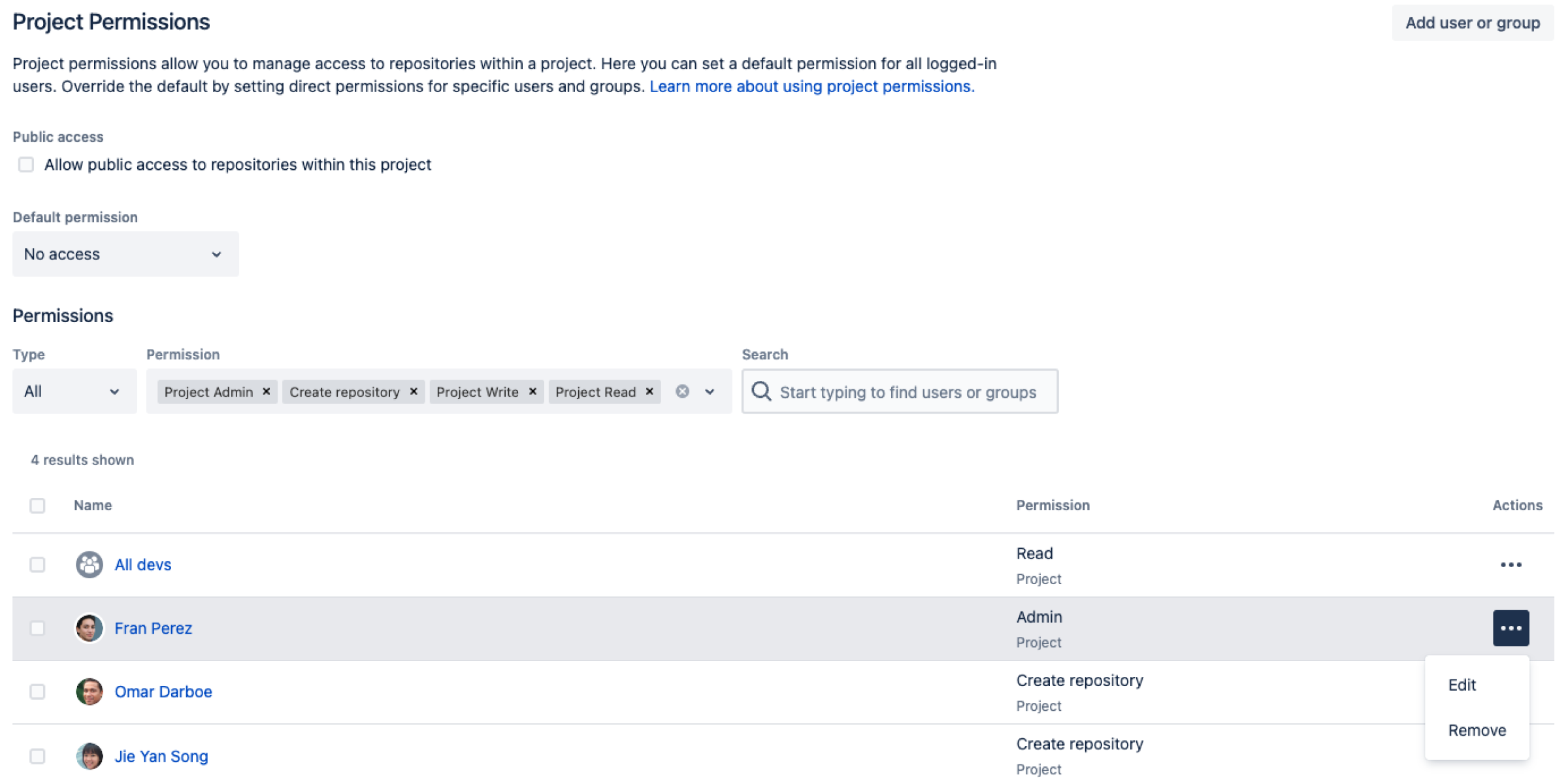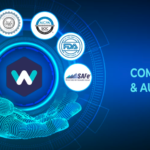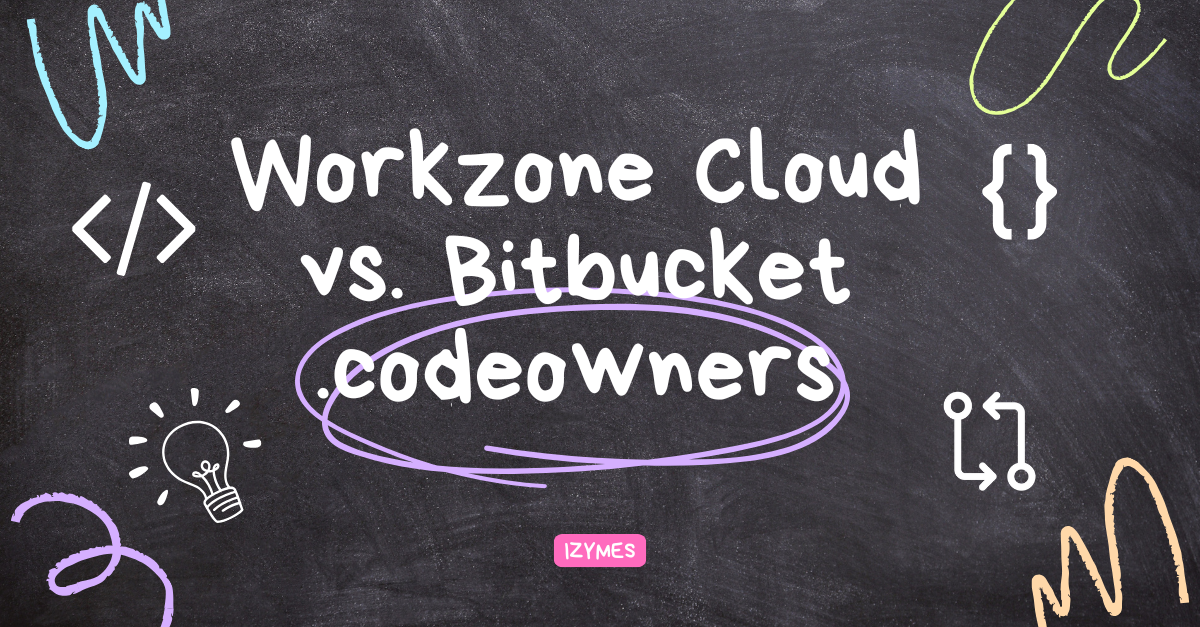Optimizing Your Pull Request Review and Merge Process: 3 Key Factors to Consider
Have you ever felt your pull request merge process is a bit of an old-fashioned paper trail rather than the efficient process it should be? Well, don’t just stand by and let your team suffer needlessly! We have put pen to paper to brighten your day with three key areas you can optimize your review and merge process to maximize efficiency and get back to what matters.
To ensure consistency, maintainability, and security of code changes, it is crucial to establish clear guidelines and standards for code review. By having a set of predefined standards for reviewing code, developers can ensure that the code they are committing meets the necessary quality, security and maintainability requirements. This not only makes the code review process more efficient, but it also helps to promote best practices and encourages collaboration within the development team.
Here are the 3 ways for organizations to establish a set of code review guidelines and standards that are widely understood and followed by all members of the development team – and how our Workzone for Bitbucket app can help with Automated testing and continuous integration.
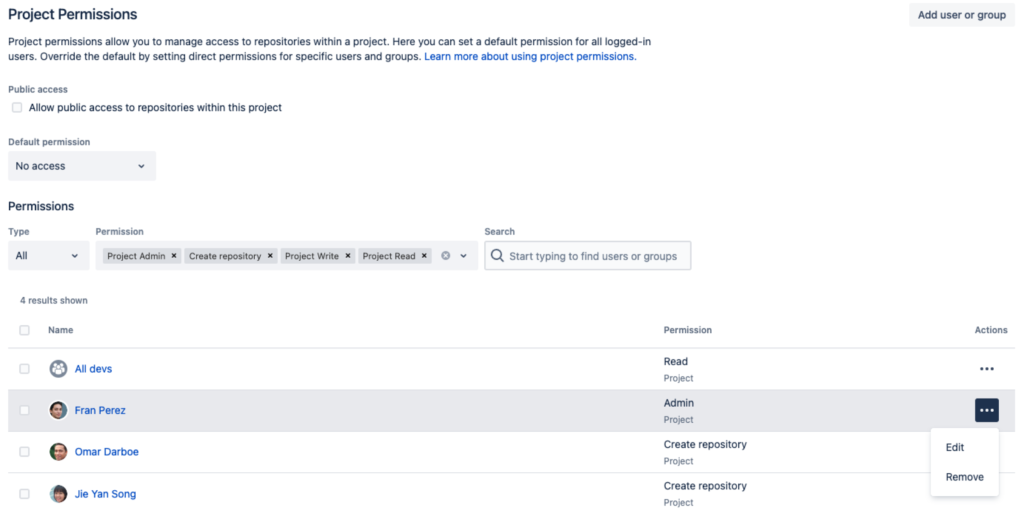
Permissions and access controls:
Permissions and access controls play a crucial role in ensuring that the correct individuals or teams have access to the relevant projects and repositories within a workspace. This is essential for maintaining security, data integrity, and collaboration within the organization.
To achieve this, it is important to set up roles and permissions that align with the specific needs of the reviewers, contributors, and administrators. This can include assigning different levels of access, such as read-only, write, or administrative privileges, and establishing clear guidelines for how and when access is granted or revoked. By implementing these controls, organizations can ensure that the pull request review and merge process runs smoothly and efficiently, while also maintaining the security and integrity of their data.
Setting up code review guidelines and standards:
Even the most efficient teams sometimes slip up with their ability to precisely follow code review guidelines and standards. This is why it is important to frequently revisit, refine and optimise. So, let’s cover some quick notes on how to do this.
- Setting up an automated process for handling code review invitations, and approvals, including how many reviewers and approvals are required, how approvals are granted, and how disputes are handled.
- Speedy reviews: It is important to invite only team members that are relevant to the changes as reviewers (fast), not just everyone in your team (slow). Ideally you would want to configure different reviewers and groups for different modules in your code base.
- Make use of Bitbucket user groups to identify a logical set of reviewers through group membership instead of maintaining configurations for individual users.
- Defining a checklist of items that must be reviewed, such as security, performance, and scalability. This helps ensure that all important areas are covered during the code review process.
- Enforce guidelines and standards via pull request merge-checks. If requirements and conditions are not met, block the pull request from getting merged accidentally in order to maintain consistent quality and standards.
- Establishing guidelines for code formatting and commenting. This helps ensure that code is easy to read and understand, and that comments are used to provide context and explain key decisions.
- Setting up a code review template that reviewers can use to ensure that all important items are covered during the review process.
- Establishing a process for addressing code review feedback and resolving any issues that arise.
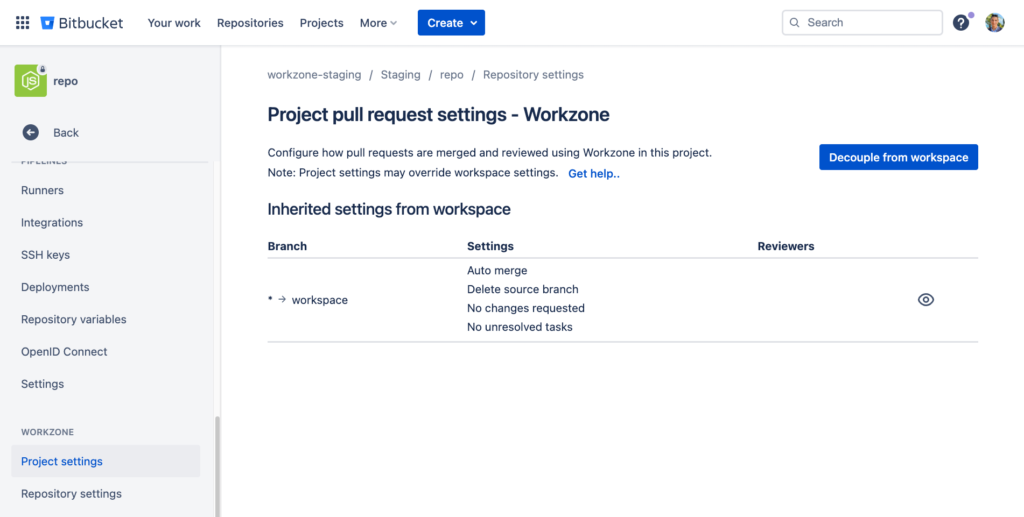
Automated testing and continuous integration:
On the repository level, it is important to set up automated testing and continuous integration (CI) to ensure that code changes are tested and integrated quickly and efficiently before they are merged. This includes configuring test runners, code coverage tools, and build pipelines to automatically run tests and deploy changes to different environments.
Don’t forget to include results and feedback from the build and test pipeline into the code review by adding merge-checks that enforce successful pipeline results before the pull request can be merged.
Larger enterprises and organizations in regulated industries such as finance, medical, automotive and pharmaceutical maintain strong compliance requirements. Many previously used our Workzone app in their Bitbucket server and datacenter instances and are now migrating the development and deployment lifecycle to the cloud.
Workzone for Bitbucket cloud now offers pull request review and merge automation on workspace, project , and repository level. No matter where on these 3 levels you define your standards and requirements, Workzone has all of them covered. For example, Workspace settings are inherited by all projects and repositories. Or, if different configurations are required per project, all repositories within the project apply the project wide settings.
By establishing clear guidelines and standards for code review, you can help ensure that code changes are of high quality and that your team is able to work effectively and efficiently.
Want to see Workzone in action? Book a demo here or try out Workzone here


